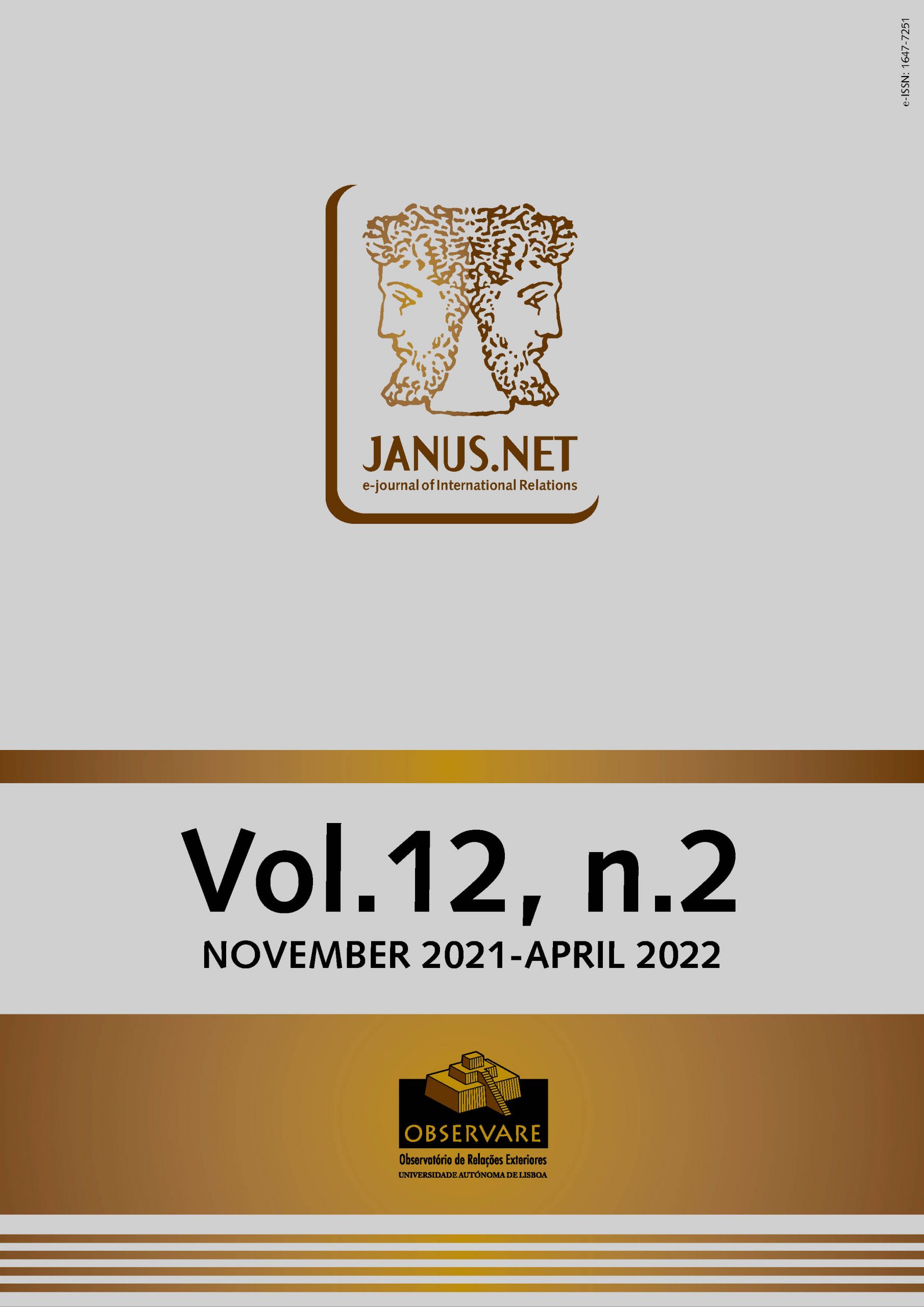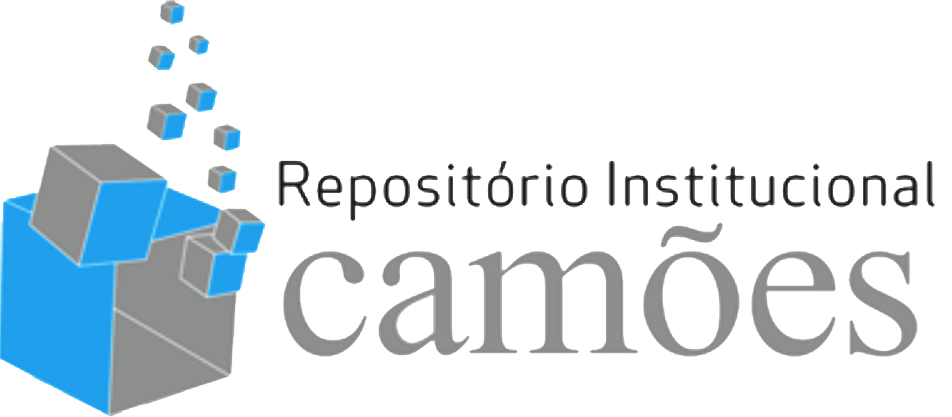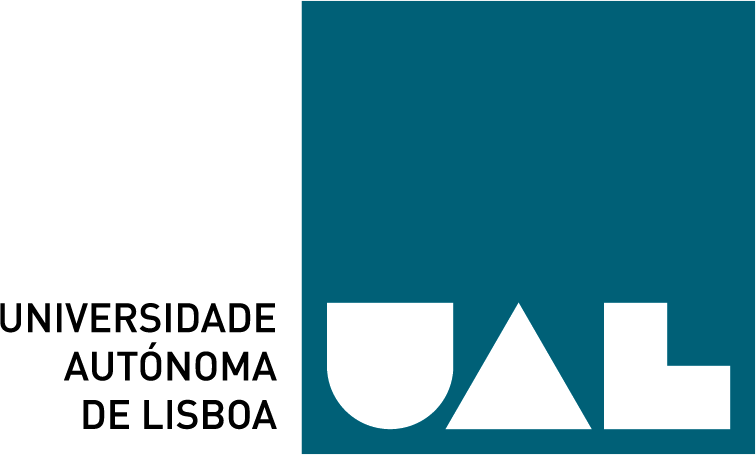Brazil, Cabo Verde and São Tomé and Príncipe are States that, with the deposit of the 60th State to the United Nations Convention on the Law of the Sea, on November 16, 1994, obtained greater jurisdictions over “their oceans”. These increases, merely in their Exclusive Economic Zones, reached about 182% for Cabo Verde and 160% for São Tomé and Príncipe, in relation to their land jurisdictions. Their locations, in areas of high geopolitical relevance, at the confluence of Atlantic maritime communication lines and near the Gulf of Guinea, end up posing “new” and traditional threats. Thus, through aspects dear to strategic studies, in the search for greater induction of security in the region, this paper sought to analyze the bilateral and multilateral relations of Brazil and other relevant actors with these states in the area of defense. It was perceived that more assertive actions by Brazil, in the last two decades, have provided the creation of a defense architecture, composed of Embassies, Technical Support Groups and Naval Mission Centers. Finally, it was found that Brazil has become an actor of relative relevance in maritime security in the region, in face of the presence of other relevant states in the region, such as China, USA, India, Spain and Portugal, among others.
CABO VERDE AND SÃO TOMÉ AND PRÍNCIPE: A NEW BRAZILIAN DEFENSE ARCHITECTURE IN THE GULF OF GUINEA?
Navy Captain. Executive Coordinator of the Center for Strategic Studies and Marine Spatial Planning (CEDEPEM, Brazil). Collaborating Professor of International Relations at the Institute for Strategic Studies (INEST) from the Universidade Federal Fluminense (UFF). International Relations Instructor at the Naval War College (EGN). PhD candidate (2019-) and Master in Strategic Defense and Security Studies at UFF. Master in Naval Sciences and Specialist in Business Management by EGN/Instituto OPPEAD/Universidade Federal do Rio de Janeiro (UFRJ), in 2013. Specialist in International Relations from PUC-RJ, in 2012. Specialist in International Law from Cândido Mendes University - RJ (2011). Studies policies related to the
sea, more specifically those related to the Atlantic.
Resumo
Palavras-chave
Como citar este artigo
Violante, Alexandre Rocha (2021). Cabo Verde and São Tomé and Príncipe: A new brazilian defense architecture in the Gulf of Guinea? Janus.net, e-journal of international relations. Vol12, Nº. 2, November 2021-April 2022. Consulted [online] on the date of the last visit, https://doi.org/10.26619/1647-7251.12.2
Article received on 27 February, 2021 and accepted for publication on 8 April, 2021















